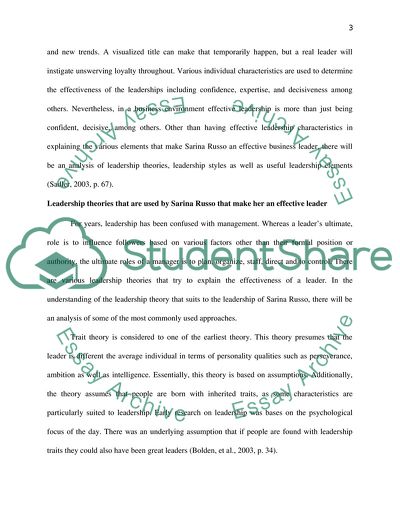Cite this document
(Sarina Russo Essay Example | Topics and Well Written Essays - 2500 words, n.d.)
Sarina Russo Essay Example | Topics and Well Written Essays - 2500 words. https://studentshare.org/human-resources/1871176-sarina-russo
Sarina Russo Essay Example | Topics and Well Written Essays - 2500 words. https://studentshare.org/human-resources/1871176-sarina-russo
(Sarina Russo Essay Example | Topics and Well Written Essays - 2500 Words)
Sarina Russo Essay Example | Topics and Well Written Essays - 2500 Words. https://studentshare.org/human-resources/1871176-sarina-russo.
Sarina Russo Essay Example | Topics and Well Written Essays - 2500 Words. https://studentshare.org/human-resources/1871176-sarina-russo.
“Sarina Russo Essay Example | Topics and Well Written Essays - 2500 Words”. https://studentshare.org/human-resources/1871176-sarina-russo.


